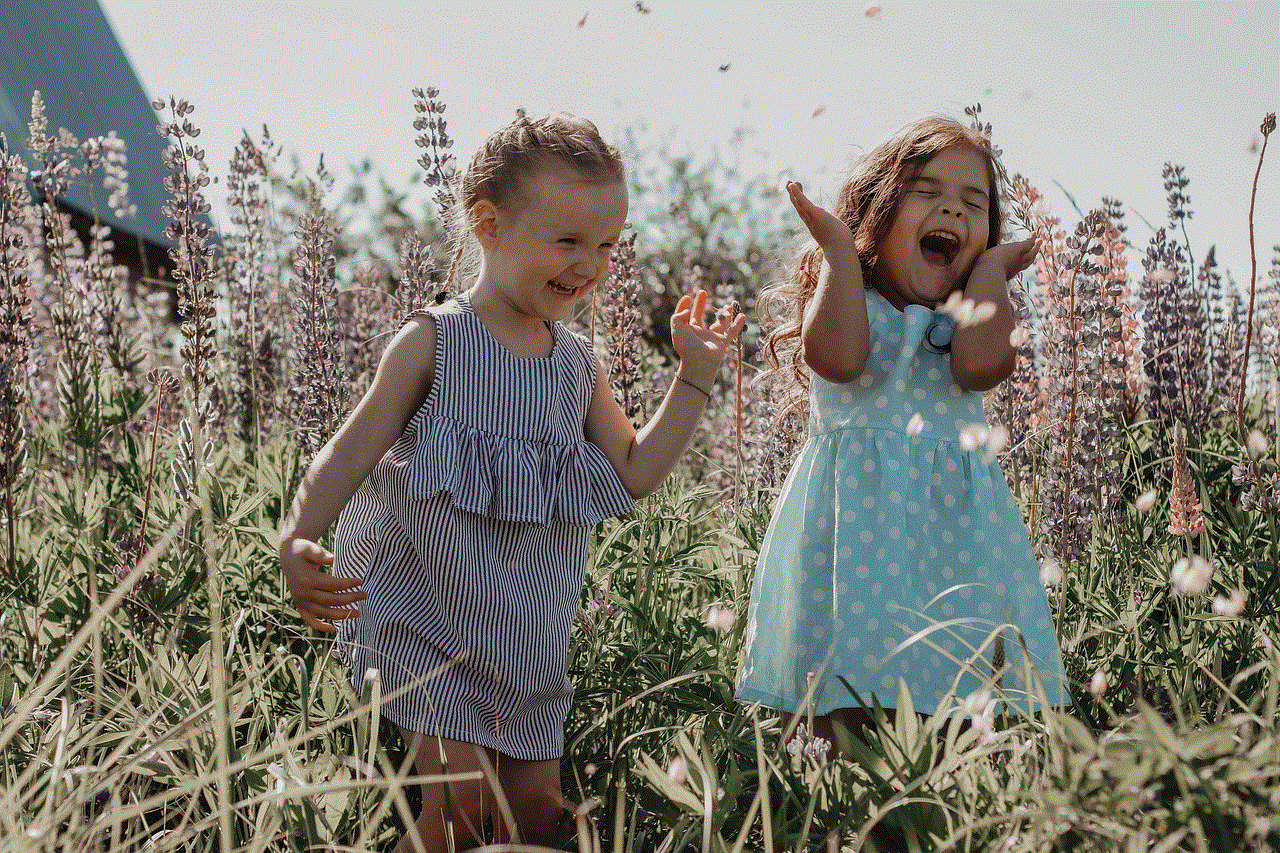snapchat account hack no survey
In today’s digital age, social media has become an integral part of our daily lives. With the rise of platforms like Facebook, Instagram, and Twitter, we are constantly connected to the world around us. However, one platform that has taken the world by storm is Snapchat . This photo-sharing app allows users to share photos and videos, which disappear after a short period of time. While this feature may seem harmless, it has also raised concerns about security and privacy. In this article, we will dive into the topic of Snapchat account hack with no survey and explore the various aspects surrounding it.
Snapchat has over 280 million daily active users, making it one of the most popular social media apps. The app was initially launched in 2011 and has since seen a massive growth in its user base. The main feature that sets Snapchat apart from other social media platforms is its “disappearing” content. Users can share photos and videos with their friends, and after a few seconds, they disappear without a trace. This feature has made Snapchat extremely popular among teenagers and young adults, who enjoy sharing candid and unfiltered moments with their friends.
However, this disappearing content has also raised concerns about the privacy and security of users’ data. With the increasing number of cybercrimes and data breaches, users are worried about their personal information falling into the wrong hands. One of the biggest concerns is the possibility of a Snapchat account hack with no survey. This means that hackers can gain access to someone’s account without the need for any surveys or verification processes.
So, is it possible to hack a Snapchat account without a survey? The short answer is yes. There have been multiple instances of Snapchat account hacks without any surveys or verification. In 2014, a group of hackers leaked over 100,000 private photos and videos of Snapchat users. This incident, known as “The Snappening,” exposed a major vulnerability in the app’s security system. The hackers used a third-party app to access the users’ data, and there was no survey or verification involved.
Another major Snapchat hack took place in 2018, where hackers gained access to over 55,000 accounts and leaked their private data. This incident, known as “The 2018 Snapchat Hack,” occurred due to a flaw in the app’s “Find Friends” feature. The hackers exploited this vulnerability to access users’ personal information without any surveys or verification.
With such incidents happening, it is evident that Snapchat is not immune to hacking. However, the question remains, how do these hacks happen without any surveys? The answer lies in the third-party apps and tools that claim to provide access to someone’s Snapchat account without any surveys. These apps and tools are easily available on the internet and are often marketed as “Snapchat hack with no surveys.” Users are lured into using these apps, thinking they can gain access to someone’s account without any hassle. However, these apps are not only illegal but also pose a significant threat to users’ privacy and security.
When a user installs these third-party apps and tools, they are unknowingly giving access to their Snapchat account to the developers. These developers then use this information to hack into other users’ accounts without any surveys or verification. Moreover, these apps also ask for personal information like phone numbers and email addresses, which can be used for identity theft and other malicious activities.
Apart from third-party apps, there are also other methods that hackers use to gain access to someone’s Snapchat account without any surveys. One such method is phishing. In this technique, hackers create fake login pages that look identical to Snapchat’s official login page. When a user enters their login credentials on this fake page, the hackers can easily access their account without any surveys or verification. This method is often used in combination with social engineering, where hackers manipulate users into giving away their login details.
Another method that hackers use is brute force attack. In this technique, hackers use automated software to try and guess the user’s login credentials. This method works best when the user has a weak password. With the use of advanced algorithms, hackers can easily crack the user’s password and gain access to their account without any surveys or verification.
So, what can be done to prevent a Snapchat account hack with no survey? The first and most crucial step is to never use any third-party apps or tools claiming to provide access to someone’s Snapchat account without any surveys. These apps not only violate Snapchat’s terms of use but also pose a significant risk to your privacy and security. It is also essential to have a strong and unique password for your Snapchat account. Avoid using common words or personal information that can be easily guessed or hacked. Enabling two-factor authentication can also add an extra layer of security to your account and prevent unauthorized access.
In conclusion, while it is possible to hack a Snapchat account without any surveys, it is not advisable to use such methods. These hacks not only violate the app’s terms of use but also pose a significant threat to users’ privacy and security. It is essential to be cautious while using social media and avoid falling prey to scams and hacks. As users, we must take necessary precautions to protect our personal information and stay safe online.
is twitch kid friendly
Is Twitch Kid Friendly? A Comprehensive Analysis
Introduction
Twitch, the live streaming platform primarily focused on video games, has gained immense popularity in recent years. With its vast user base and a wide range of content, the platform has become a hub for gamers, streamers, and viewers worldwide. However, when it comes to determining whether Twitch is kid-friendly or not, the answer is not as straightforward. In this article, we will delve deeper into the various aspects of Twitch and assess its suitability for children.
Content Moderation on Twitch
One of the primary concerns for parents is the content available on Twitch. While the platform does have a dedicated section for games specifically rated for children, such as Minecraft or Roblox , it also hosts a variety of other games with mature themes. Additionally, Twitch allows streamers to broadcast non-gaming content, including talk shows and creative endeavors. This diversity of content makes it crucial for parents to be vigilant and ensure their children are not exposed to inappropriate material.
Twitch has implemented content moderation measures to address this issue. It employs a combination of automated systems and human moderation to detect and remove explicit or offensive content. However, these measures are not foolproof, and some inappropriate content may slip through the cracks. Twitch provides users with tools to report violations, but it ultimately relies on the community to report and flag inappropriate content.
Parental Controls on Twitch
To help parents better regulate their children’s Twitch experience, the platform offers parental control features. These controls include the ability to restrict access to mature content, limit chat interactions, and filter out specific channels or categories. Parents can enable these settings by creating a Twitch account for their child and adjusting the account preferences accordingly.



While these parental controls provide a useful tool for filtering content, it is essential for parents to actively monitor their child’s Twitch usage. Regularly checking the settings, reviewing the channels their child follows, and discussing appropriate online behavior is crucial in ensuring a safe and enjoyable experience on Twitch.
Inappropriate Language and Behavior
Another aspect that parents should consider when determining the kid-friendliness of Twitch is the prevalence of inappropriate language and behavior in chat rooms. Twitch chat is known for its lively and often unruly nature, with viewers engaging in conversations and expressing their opinions. Unfortunately, this can sometimes lead to the use of offensive or vulgar language.
Twitch has implemented measures to combat this issue by offering chat moderation tools. Streamers can appoint moderators to regulate their chat and use automated filters to block certain words or phrases. However, these measures are not foolproof, and some inappropriate language may still make it through. Parents should explain to their children the importance of not engaging with or repeating offensive language they encounter on Twitch.
Positive Aspects of Twitch for Children
Despite the concerns surrounding Twitch, the platform also offers several positive aspects for children. Twitch provides an opportunity for young gamers to watch and learn from experienced players, creating a sense of community and fostering their passion for gaming. It can also serve as a platform for young streamers to showcase their skills and connect with like-minded individuals.
Furthermore, Twitch is not limited to gaming content alone. The platform also hosts various educational and creative streams, where children can learn new skills or explore their artistic abilities. From cooking and painting to music and coding, Twitch offers a range of channels that can inspire and educate young viewers.
Community Guidelines and Reporting System
To maintain a safe and inclusive environment, Twitch has established community guidelines that outline the expected behavior for streamers and viewers. These guidelines prohibit activities such as harassment, hate speech, and explicit content. Twitch relies on its community to report violations, and it takes appropriate action against offenders, including suspending or banning their accounts.
Additionally, Twitch has a comprehensive reporting system that allows users to report any violations they come across. This reporting system is an essential tool for parents and children to ensure a safer experience on the platform. Encouraging children to report any inappropriate content they encounter helps Twitch identify and address potential issues promptly.
Conclusion



In conclusion, determining whether Twitch is kid-friendly involves considering various factors. While the platform does have content moderation measures in place and offers parental controls, parents must be actively involved in monitoring their child’s Twitch activities. Open discussions about appropriate behavior, regular checks of account settings, and reviewing followed channels are crucial steps in ensuring a safe and enjoyable experience for children on Twitch. With proper guidance and supervision, Twitch can provide a platform for educational content, skill development, and fostering a sense of community among young gamers.
17 year old girls naked
As a society, we have become increasingly desensitized to the sexualization of young girls. With the rise of social media and the constant bombardment of explicit images and messages, it is no surprise that the idea of 17-year-old girls being naked has become disturbingly normalized. But what is the reality behind these images? What are the consequences of this objectification and exploitation of young girls? In this article, we will delve into the complex issue of 17-year-old girls being naked and shed light on the harmful effects it has on both individuals and society as a whole.
Firstly, it is important to address the legal aspect of this issue. In most countries, 17 is considered to be the legal age of consent. This means that a 17-year-old is legally allowed to engage in sexual activities, including being in possession of explicit images of themselves. However, this does not mean that it is morally acceptable to exploit and sexualize these young girls. The law may allow it, but it does not make it right.
One of the main concerns surrounding the sexualization of 17-year-old girls is the impact it has on their mental and emotional well-being. At this age, girls are still developing their sense of self and their understanding of their own sexuality. The pressure to conform to societal beauty standards and to be sexually appealing can lead to feelings of inadequacy and low self-esteem. This can have long-lasting effects on their self-confidence and self-worth, potentially leading to mental health issues such as anxiety and depression.
Furthermore, the objectification and sexualization of young girls can also have a negative impact on their relationships and future sexual experiences. By constantly being bombarded with images of girls their own age being objectified and reduced to their sexual appeal, it can create unhealthy expectations and perceptions of what a sexual relationship should look like. This can lead to girls feeling pressured to engage in sexual activities before they are ready, and can also result in a distorted understanding of consent and boundaries.
Another concerning aspect of this issue is the role of social media. With the rise of platforms such as Instagram and Snapchat, young girls are constantly exposed to a curated version of reality where their worth is based on their physical appearance and sexual appeal. The pressure to maintain a certain image and to constantly present themselves as desirable can be overwhelming and can have serious consequences on their mental health. Additionally, the ease of sharing explicit images through social media can lead to these images being shared without consent, further perpetuating the objectification and exploitation of young girls.
It is also important to acknowledge the intersectionality of this issue. Girls from marginalized communities, such as girls of color and LGBTQ+ girls, face additional layers of discrimination and objectification. They are often hypersexualized and fetishized, and their images are used for the gratification of others without their consent. This further perpetuates harmful stereotypes and reinforces the idea that their worth is solely based on their physical appearance and sexual appeal.
Furthermore, the sexualization of young girls also has a significant impact on society as a whole. It perpetuates a culture where women are constantly objectified and reduced to their sexual appeal, and where their worth is tied to their appearance. This not only affects the way girls view themselves, but also the way boys and men view and treat women. It contributes to a society where sexual violence and harassment are normalized, and where girls and women are not seen as equal individuals, but rather as objects for male gratification.
So, what can be done to address this issue? Firstly, it is crucial to have open and honest conversations about the harmful effects of sexualization and objectification of young girls. Parents, educators, and society as a whole must educate themselves and others about the importance of consent, boundaries, and respect for individuals. It is also important for social media platforms to take responsibility and have stricter guidelines and measures in place to prevent the sharing of explicit images without consent.



In addition, we must also challenge and dismantle the societal norms and beauty standards that contribute to the sexualization of young girls. We must celebrate diversity and teach young girls that their worth is not based on their physical appearance, but rather on their unique qualities and talents. We must also hold the media and advertising industries accountable for their perpetuation of harmful beauty standards and objectification of women and girls.
In conclusion, the sexualization of 17-year-old girls is a complex and harmful issue that has significant consequences on both individuals and society. It is important for us to recognize and address this issue in order to create a safer and healthier environment for young girls to grow and thrive in. We must challenge societal norms and systems that contribute to this issue, and instead, promote a culture of respect and empowerment for all individuals, regardless of their age or gender. Only then can we work towards a society where young girls are not reduced to their sexual appeal, but are valued for who they truly are.
